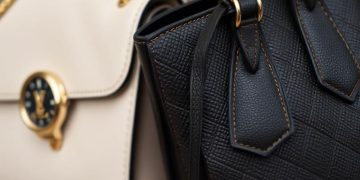A series of viral social media videos has sparked debate over the origins of luxury goods, with content creators claiming that high-end products from brands such as Hermès, Chanel, and Louis Vuitton are manufactured in China and later relabeled as European-made items.
The videos, circulating widely on platforms like TikTok, suggest that some unbranded items made in Chinese factories are identical in design and quality to luxury products sold at premium prices. While these claims reference an alleged Chinese government decision permitting disclosures about luxury manufacturing practices, news agency AFP has found no official confirmation of such a policy.
According to these social media posts, items typically priced at upwards of $38,000 can be purchased directly from Chinese websites for significantly lower amounts—sometimes around $1,400. The products promoted in these videos are often unbranded and presented as factory-made items that match luxury standards.
Major luxury brands declined to comment on these allegations when contacted by AFP. Industry experts, however, questioned the credibility of the claims. Jacques Carles, head of the French Luxury and Design Centre, called the idea that top luxury brands would outsource production to China “unlikely,” citing the reputational and legal risks involved.
“These workshops do not adhere to the full manufacturing standards required for high-end products,” Carles said, emphasizing that viral content could be aimed at encouraging sales of counterfeit goods under the guise of surplus or “unbranded” merchandise.
Others, such as Michel Phan, a professor of luxury marketing at emlyon business school, noted that misleading consumers into believing a product is made in Europe when it is not would violate labeling and trade laws in multiple jurisdictions.
Meanwhile, China’s Ministry of Commerce stated that any businesses or individuals engaging in deceptive marketing, infringement, or counterfeiting would be subject to investigation and legal action.
Live-streamed videos featuring shelves of purported luxury goods, often accompanied by QR codes or links to purchasing platforms like WhatsApp or PayPal, have also drawn attention. These videos, typically voiced using AI-generated narration in multiple languages, appear to target consumers in Western markets.
China has long been identified as a major source of counterfeit goods. The European Union Intellectual Property Office (EUIPO) estimates that counterfeit products cost the EU economy €16 billion annually, with fashion, cosmetics, and toys among the most affected industries. Consumers purchasing counterfeit goods in countries such as France may face legal penalties, including fines or imprisonment.
Authorities in several regions continue to monitor the spread of counterfeit sales online and are working to strengthen enforcement of intellectual property rights.
Stay current with supply chain report news at The Supply Chain Report. For international trade tools, see ADAMftd.com.
#LuxuryGoods #ManufacturingEthics #SocialMediaImpact #SupplyChainTransparency #BrandReputation #ConsumerAwareness #IndustryInvestigations

















